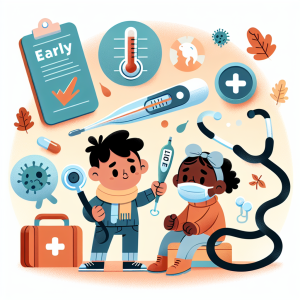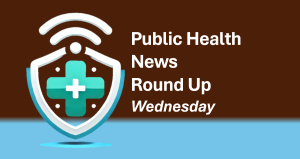
Respiratory Illnesses Surge in November 2025
The global health community is grappling with an unexpected and significant uptick in respiratory illnesses in November 2025. Recent reports from various public health departments highlight a troubling trend: respiratory illnesses, including flu and other viral infections, are on the rise, posing challenges for healthcare providers and policy makers worldwide.
Current Trends and Data Analysis
Data from regions such as New York and Minnesota indicate a sharp increase in respiratory illness activity. According to the NYC Department of Health, emergency departments have reported an increase in patients presenting with respiratory symptoms, a pattern mirrored in other states and cities. Meanwhile, the Washington State Department of Health’s respiratory illness dashboard has outlined similar findings.
Impact on Healthcare Systems
Healthcare systems are bracing for increased demand as the rise in respiratory illnesses strains already burdened resources. The Minnesota Department of Health has begun implementing enhanced surveillance to better understand the virus’s spread and impact. This proactive approach is crucial in tailoring public health responses and allocating resources efficiently.
Public Health Responses and Strategies
In response to this trend, several public health initiatives have been launched. Vaccination campaigns are strongly emphasized, with officials urging the public to receive flu shots while maintaining COVID-19 booster efforts. According to Public Health Madison & Dane County, flu vaccination is now more critical than ever to mitigate the impact on healthcare.
Furthermore, information dissemination has become a focal point to help communities stay informed and proactive about health measures. The importance of wearing masks, maintaining good hygiene, and practicing social distancing in crowded places remains a strong public health message, especially in high-risk areas.
Policy and Future Directions
The ongoing respiratory illness situation has sparked discussions about policy adjustments to address this added health challenge. Public health officials are coordinating closely with government bodies to ensure a robust response plan is in place. The American Public Health Association’s APHA 2025 Annual Meeting highlighted critical issues, including the need for enhanced public health infrastructure and funding to address such crises effectively.
Looking Forward
As we progress through November 2025, it’s clear that coordinated efforts between public health entities, healthcare providers, and government agencies are vital in managing the rise in respiratory illnesses. Emphasizing preventive measures and preparing healthcare systems to handle the influx of cases will be critical to safeguarding public health and minimizing the burden on healthcare infrastructure.
The situation underscores the need for ongoing vigilance and flexible response strategies to address the dynamic nature of public health threats. By learning from this surge in respiratory illnesses, public health systems can better prepare for future challenges, further protecting our communities and maintaining public safety.
For continuous updates and information on managing respiratory illnesses, consult resources such as Health Affairs and stay connected to your local health department websites.



